https://www.artsy.net/article/artsy-editorial-female-patrons-shaped-art-history

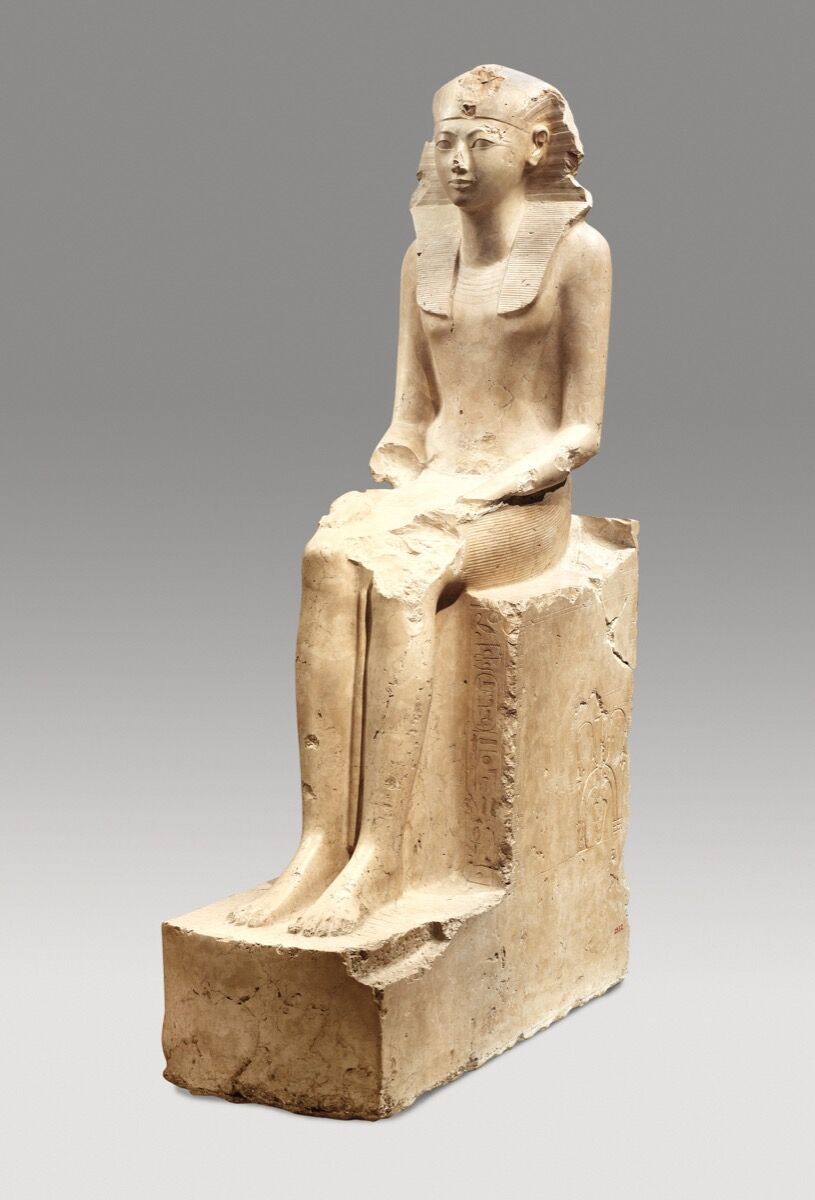
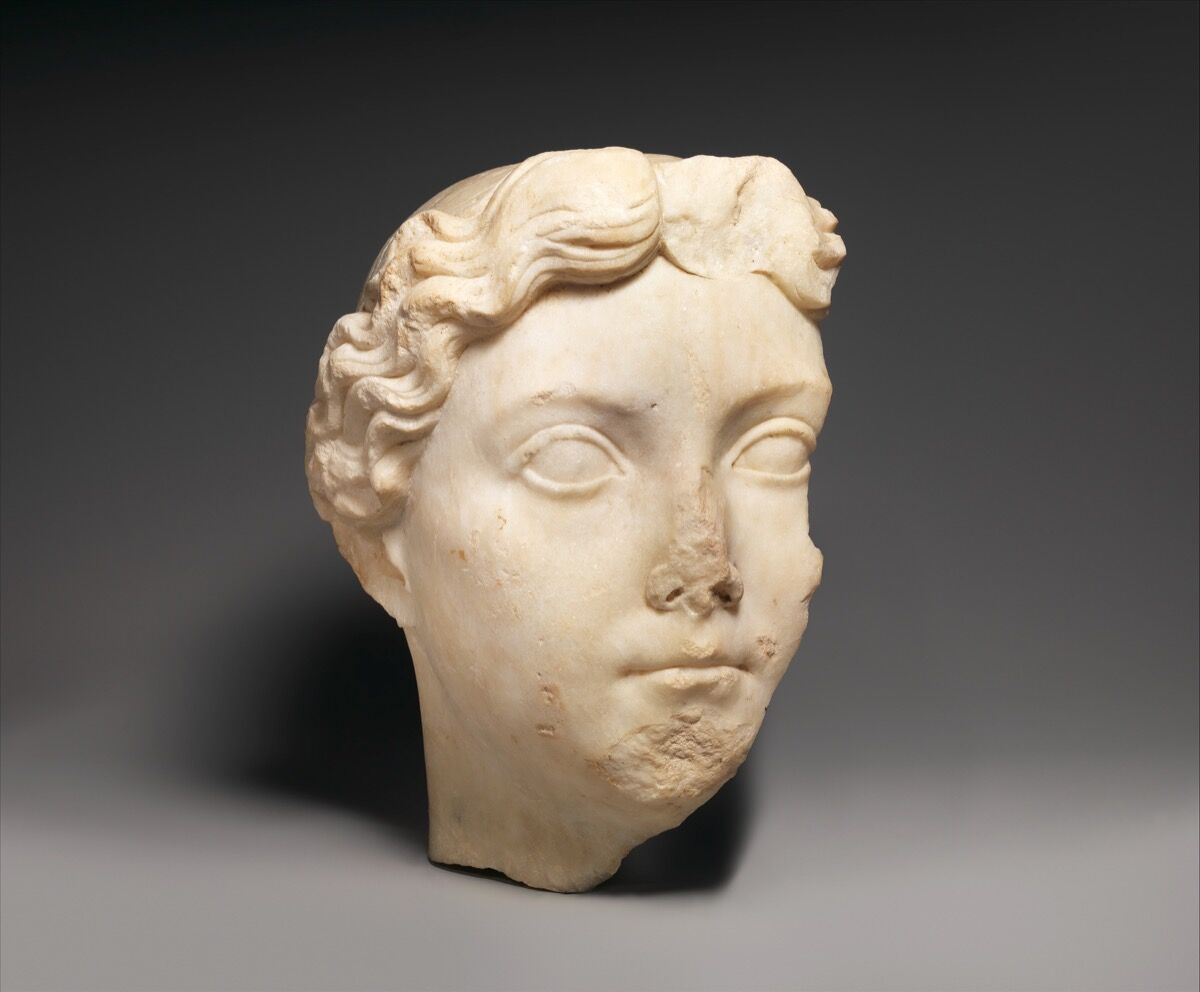
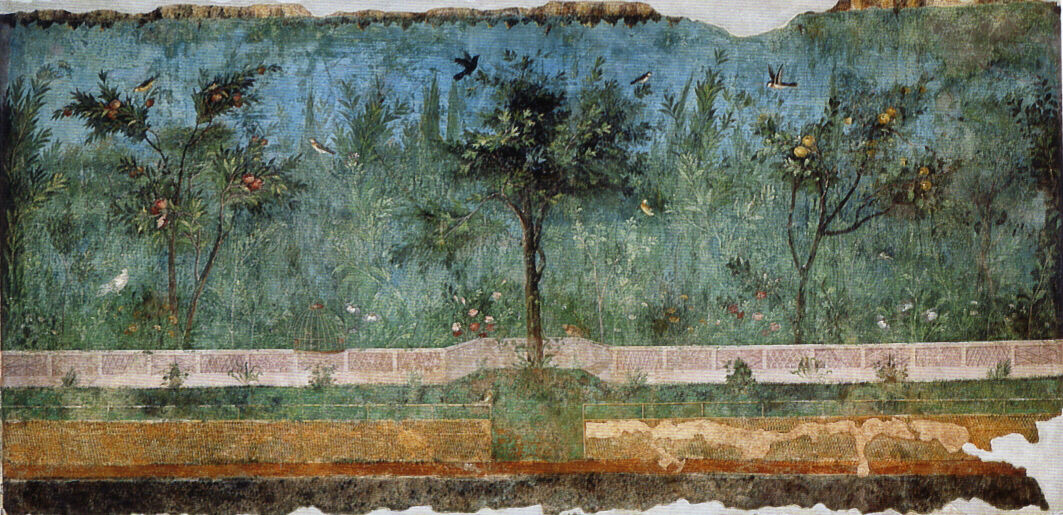
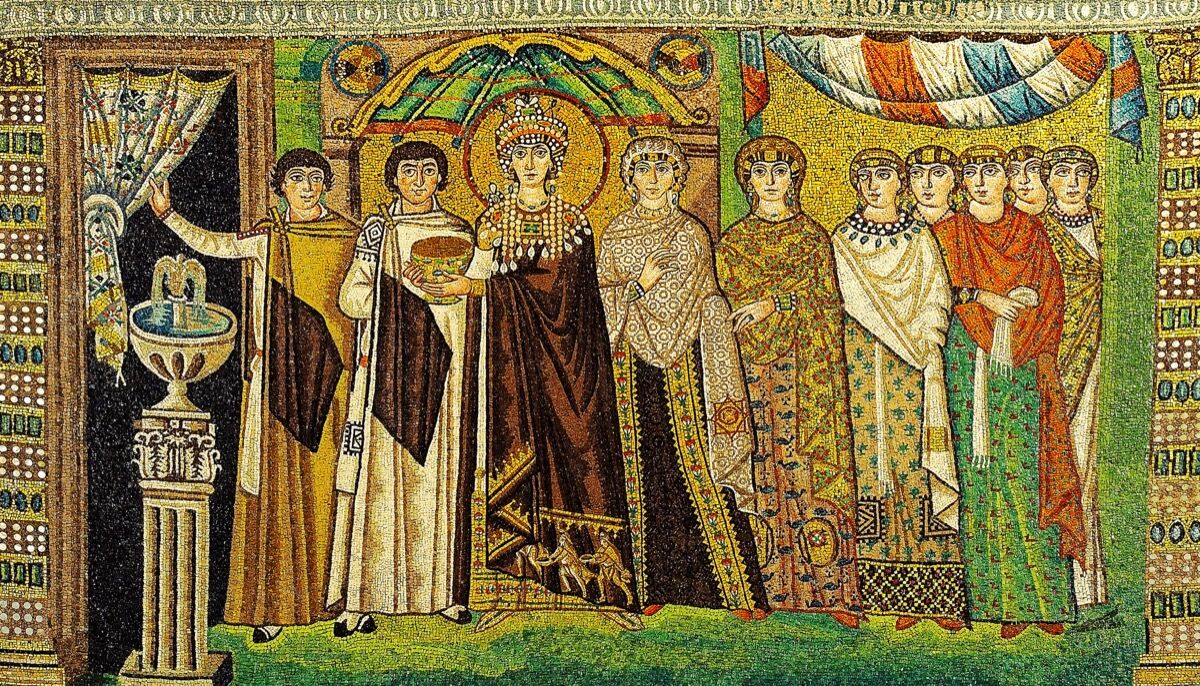
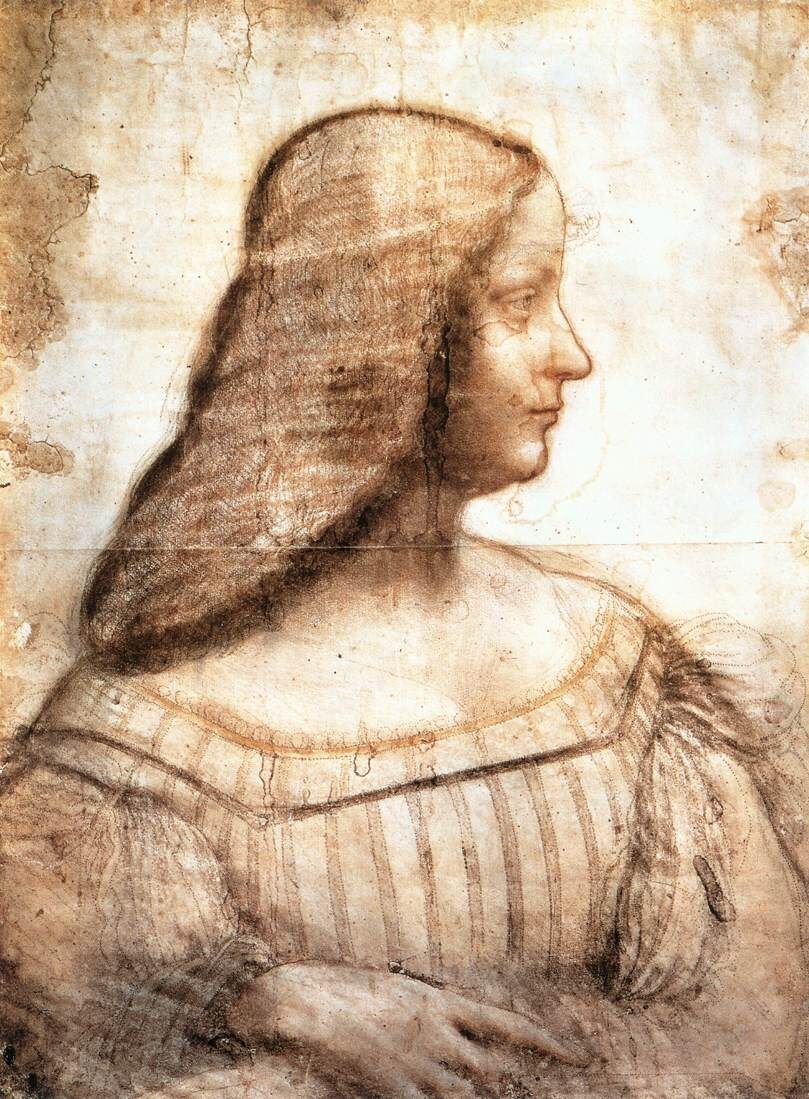

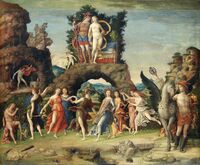
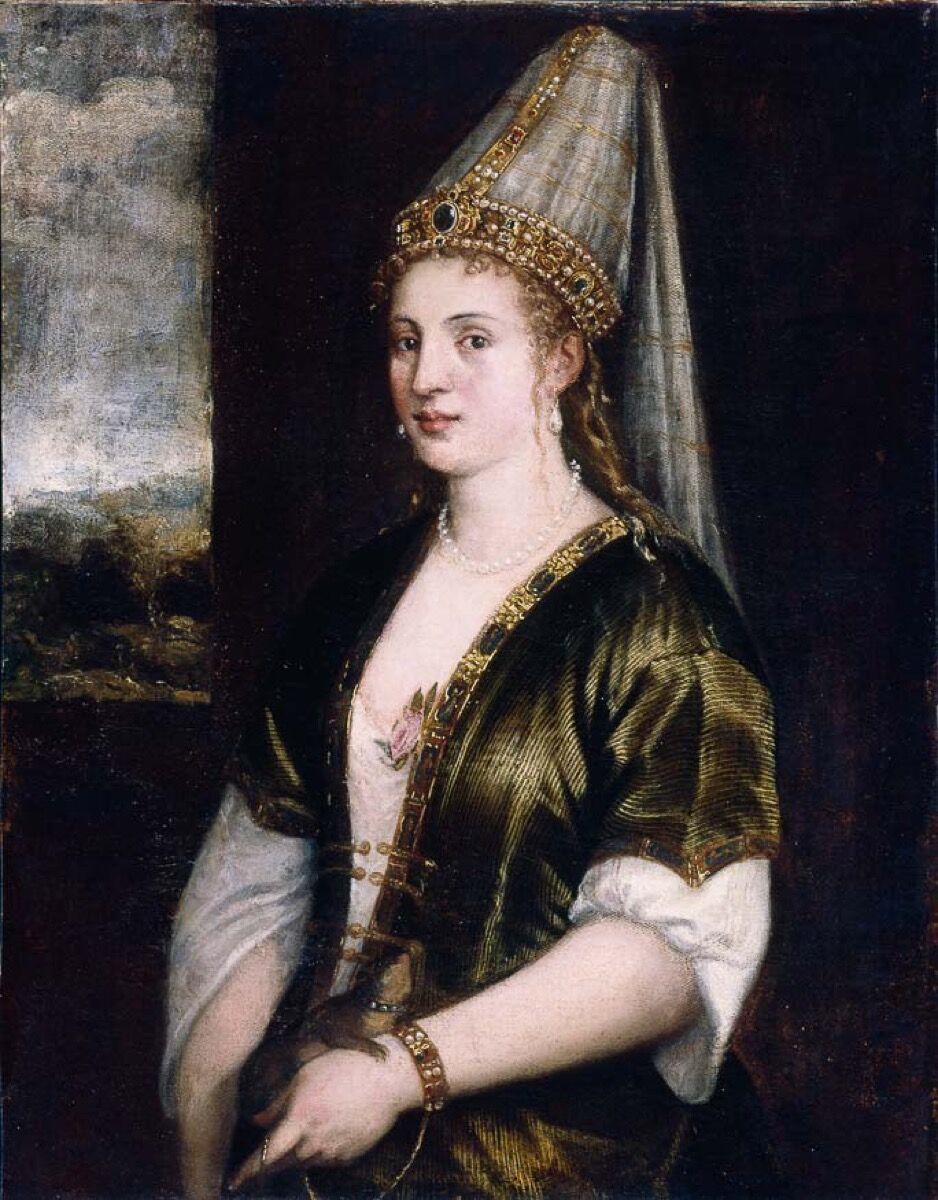
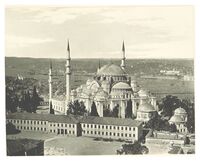

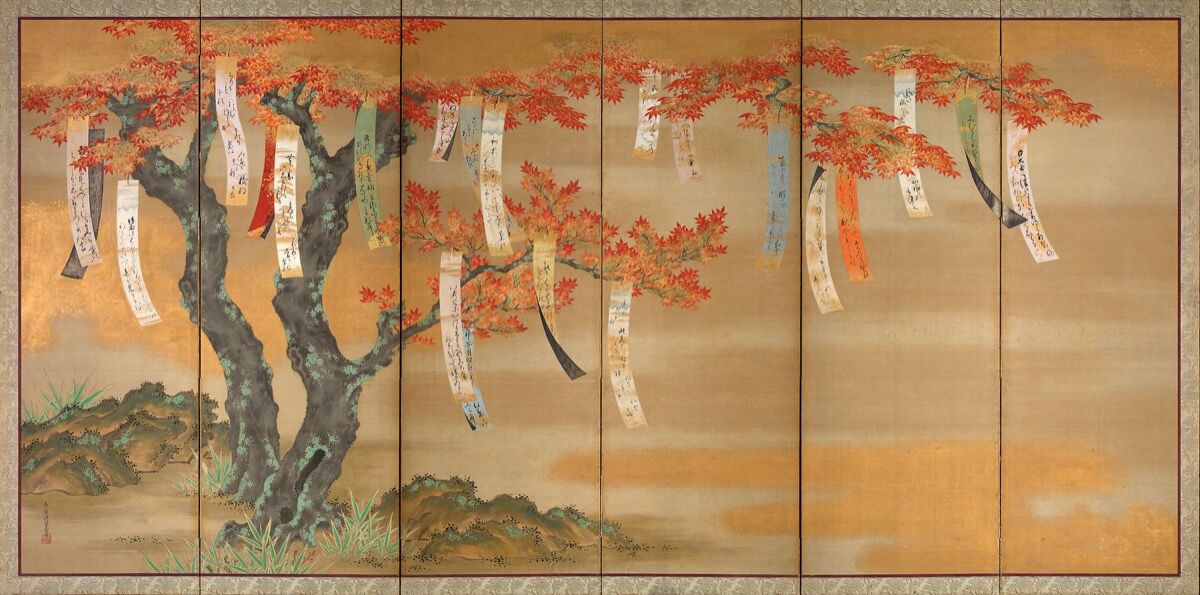
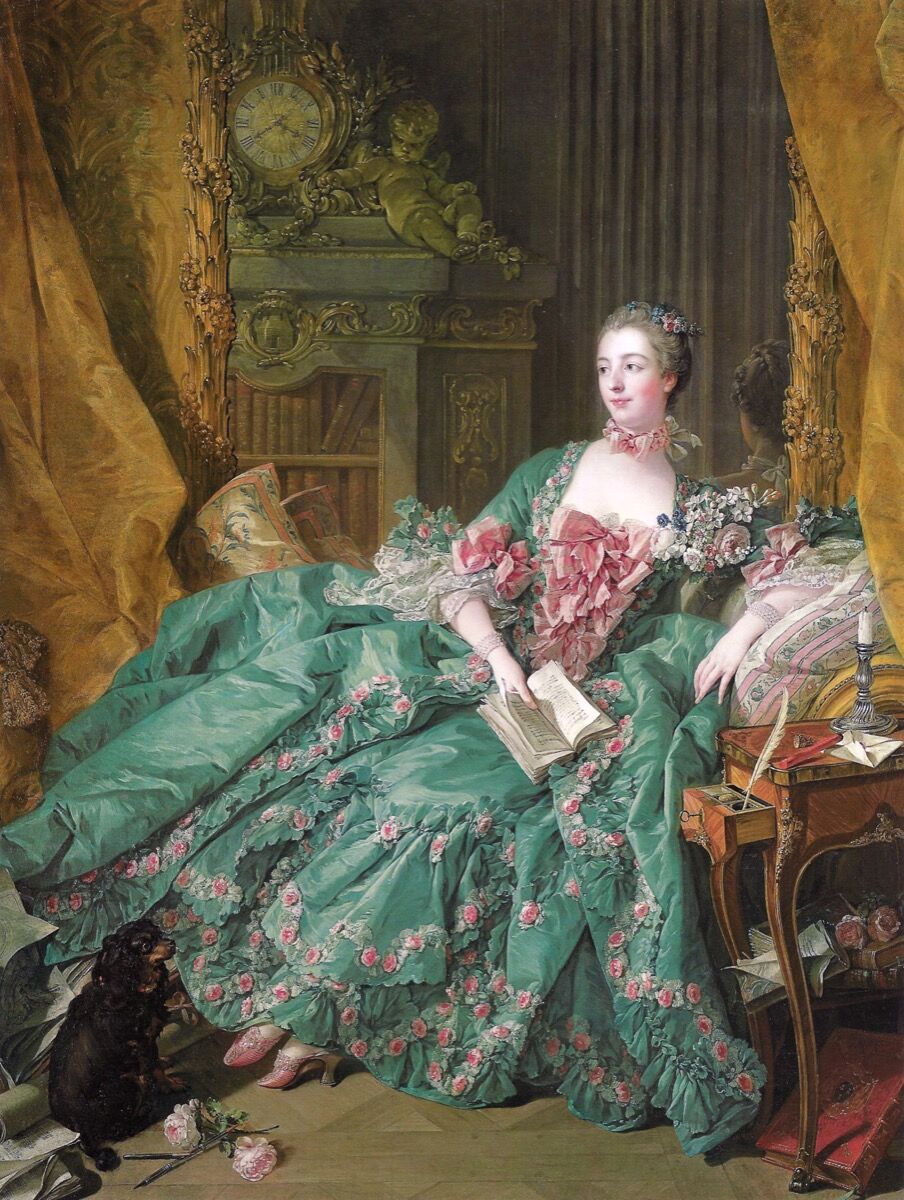
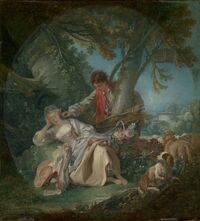
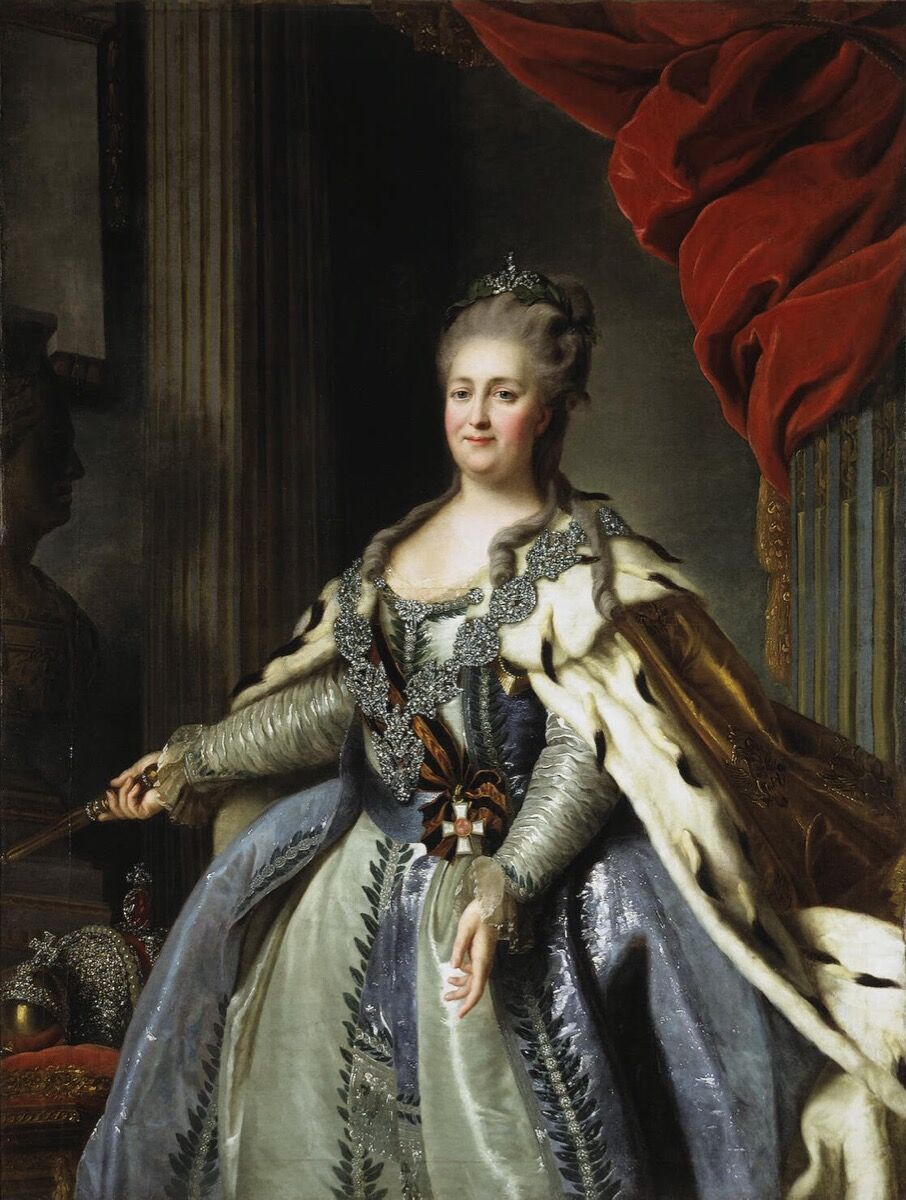
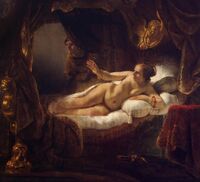

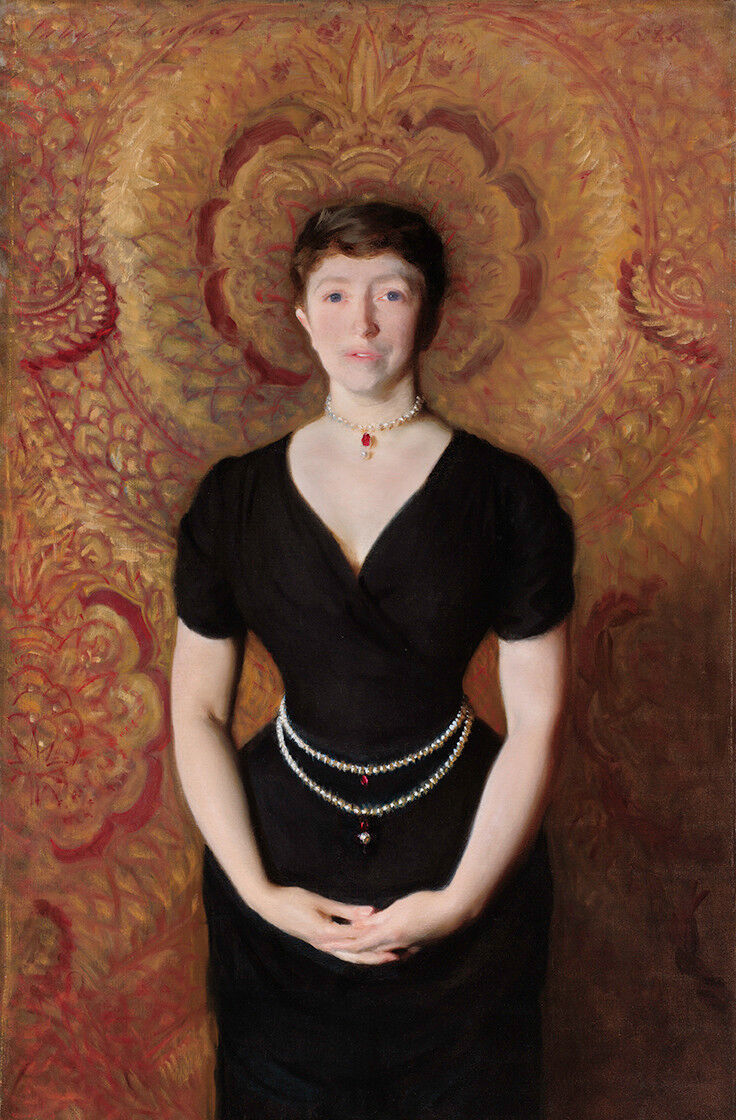
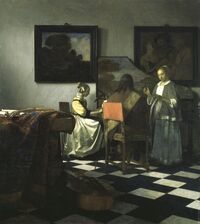

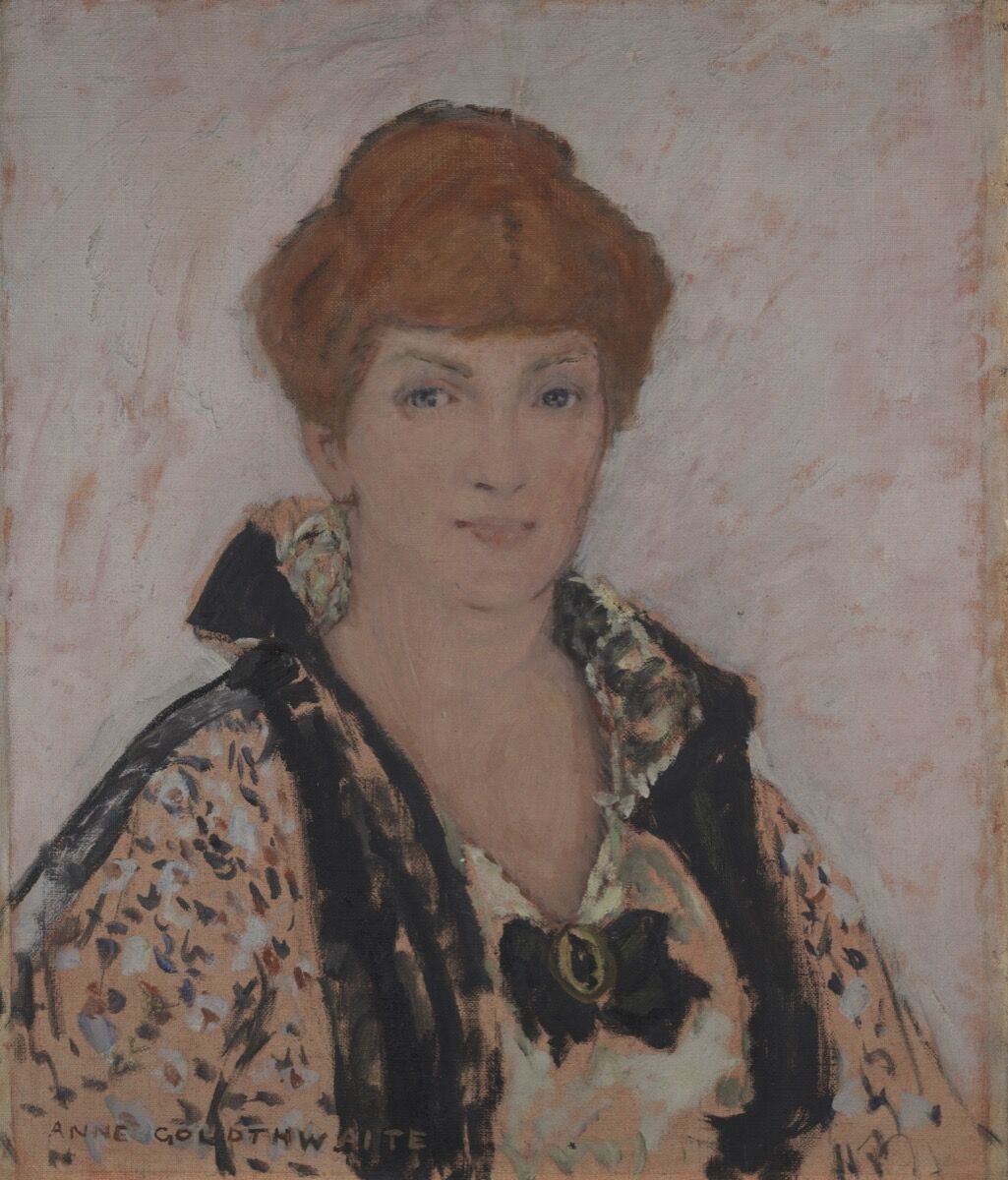

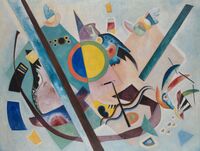


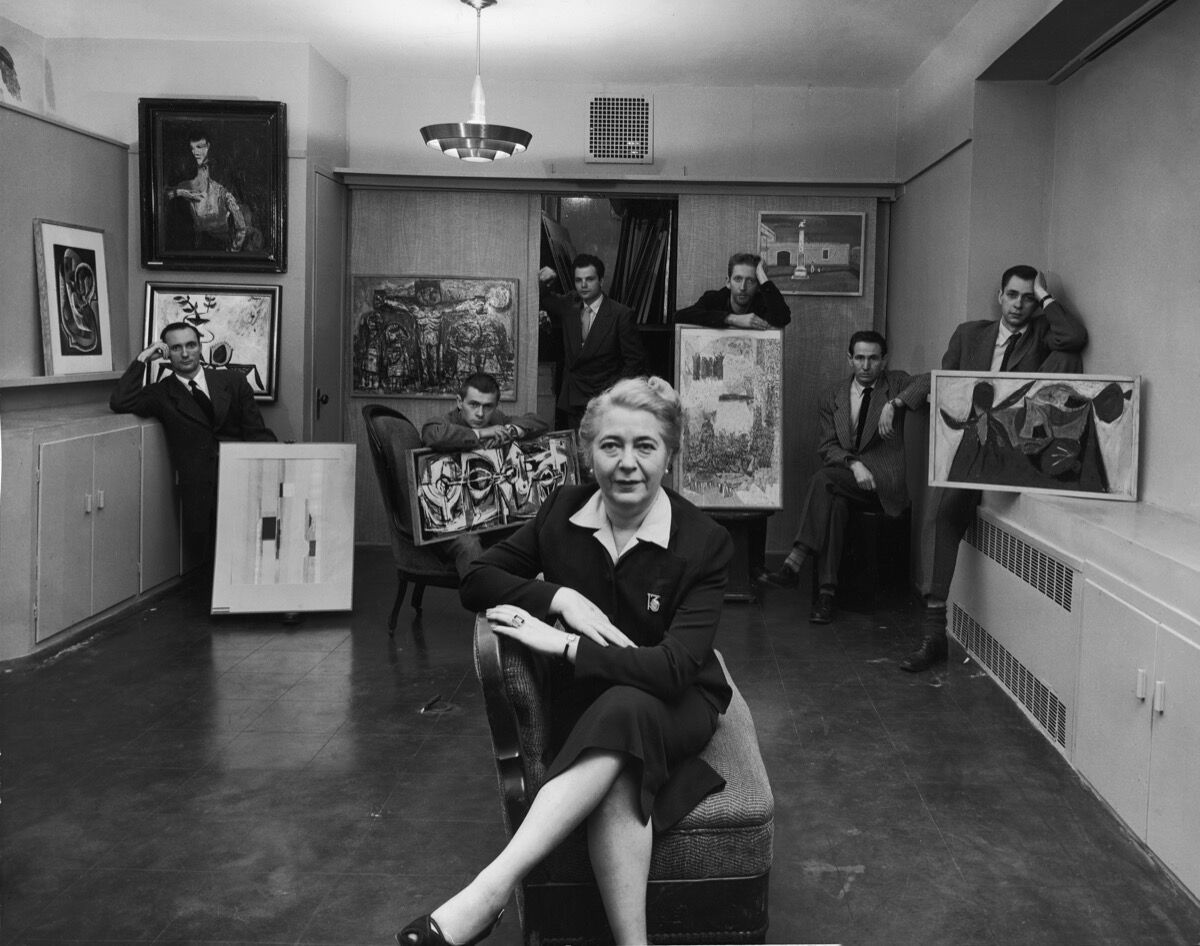
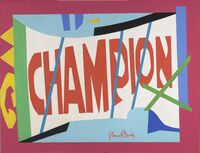
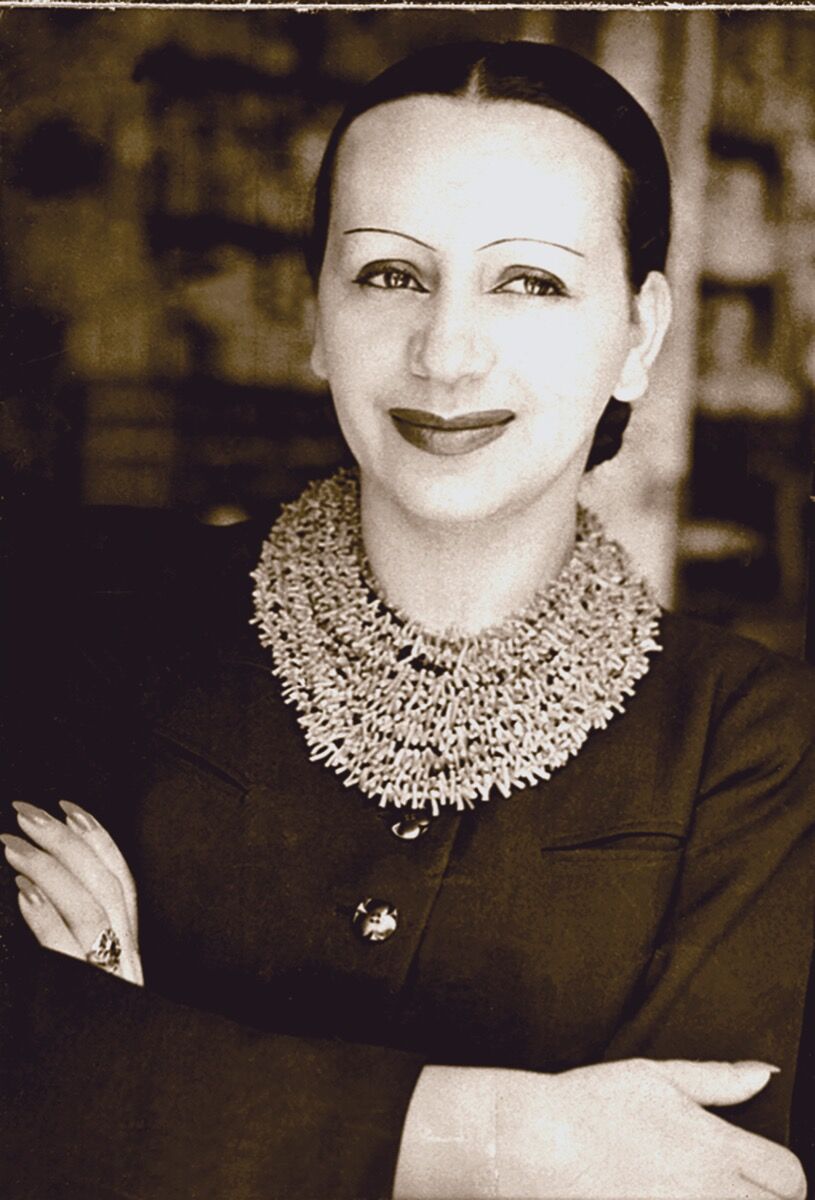
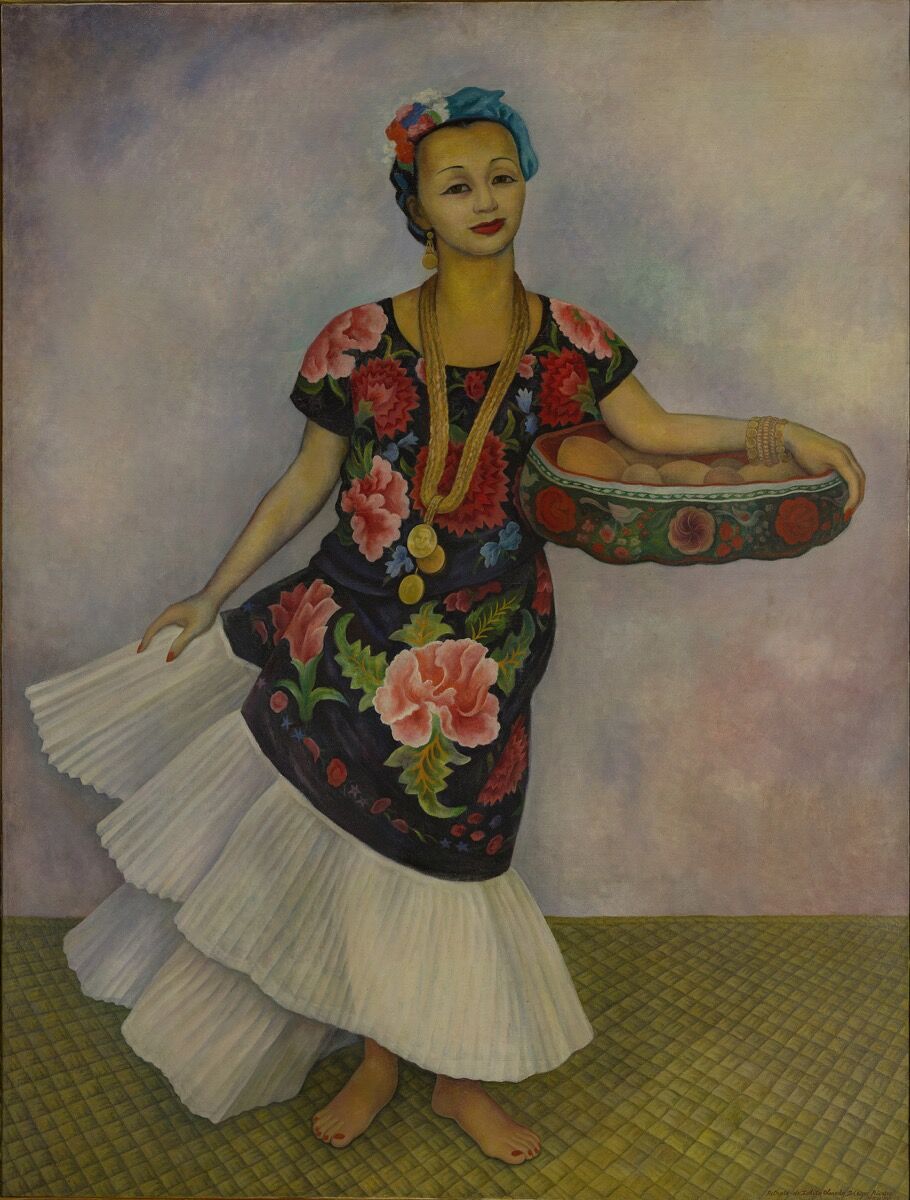
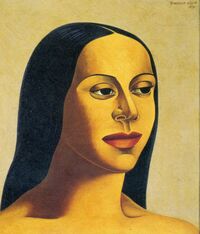
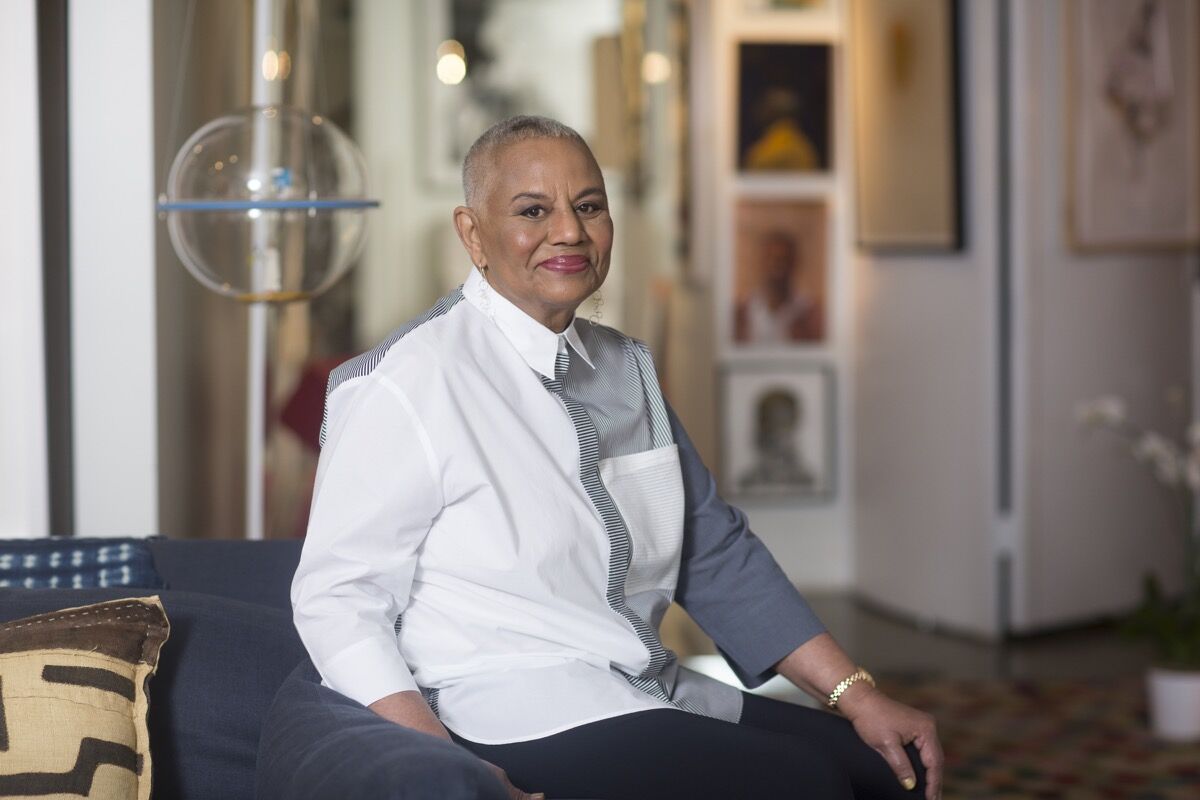

The Female Patrons Who Shaped Art History
Art patronage connects aesthetic taste with power. By purchasing paintings and sculptures, collectors become tastemakers, support artists’ careers, and—through portraiture—generate enduring images of themselves. Art can also serve diplomacy: When collectors host a political fundraiser in rooms filled with work by marginalized artists or give a world leader a portrait of themselves as a gift, they signal specific values and ambitions. By commissioning public buildings, churches, and museums, patrons create potent architectural spaces for preserving their legacies and that of their artwork.


For millennia, patriarchal societies around the world have excluded women from traditional leadership roles. As patrons of the arts, women have been able to exert soft power in creative ways. According to Virginia Treanor, associate curator of the National Museum of Women in the Arts, many women have also been drawn to “the intellectual and philosophical opportunities” that art provided in eras when they had limited access to higher education. By developing world-class collections and creating major art museums, Treanor said, “women have shaped the course of art history.” While this list is by no means exhaustive, it highlights 16 extraordinary female patrons spanning geographies and centuries who have changed the way we look at art.
Hatshepsut (ca. 1508–1458 B.C.E.)
Pharaoh of Egypt

Large Kneeling Statue of Hatshepsut, c. 1479–1458 B.C. Courtesy of the Metropolitan Museum of Art.

Seated Statue of Hatshepsut, ca. 1479–1458 B.C. Courtesy of the Metropolitan Museum of Art.
Advertisement
The New Kingdom society that Hatshepsut ruled over was deeply conservative; women were not supposed to lead. But after the death of her husband, the pharaoh, around 1479 B.C.E, Hatshepsut positioned herself as regent to her young stepson, Thutmose III. Six years later, she named herself pharaoh and made a strategic move to consolidate her authority through art.
Hatshepsut cannily decided to downplay her femininity in the numerous sculptural portraits that she commissioned, representing herself in the guise of a man. In the surviving depictions attributed to her, Hatshepsut lacks breasts, but sports a beard and wears kingly male garb like broad collars, kilts, and crowns. (Scholars theorize that after Hatshepsut’s death, Thutmose III ordered the destruction and vandalization of many of these statues, perhaps to stamp out her accomplishments in favor of his own.)
During her largely peaceful and prosperous reign, Hatshepsut led an ambitious expedition to Punt (perhaps in current-day Eritrea), importing precious materials like malachite and ebony that Egyptian artisans began to incorporate into their work. Her leadership “provided the impetus for a period of great artistic innovation and creativity and laid the groundwork for the ‘golden age’ of the New Kingdom that was to follow,” writes Harry S. Parker III in Hatshepsut: From Queen to Pharaoh (2005). Hatshepsut’s legacy lives on in the impressive mortuary temple commissioned at Deir el-Bahri, which still stands on the west bank of the Nile.
Livia Drusilla (ca. 58 B.C.E.–C.E. 29)
Empress of Rome

Marble portrait of Livia. c. 14-37 A.D. Courtesy of the Metropolitan Museum of Art.
In the long-running Roman Empire, statues, portraits, and coins were the best indications of a ruler’s identity. Livia, the wife of the republic’s first emperor, Augustus, used these media to her advantage. “She looked to statuary to present her persona in Rome and the empire, relief sculpture to describe her relationship to other members of the imperial family, coins to advertise the emperor’s policies, and gems to articulate that same vision for a more selective audience,” writes art historian Diana E. E. Kleiner in Cleopatra and Rome (2005).

Fresco painting from the Villa of Livia, 1st century B.C.E. Image via Wikimedia Commons.
Advertisement
Livia was less interested in creating a uniquely individual presentation than in codifying a traditionally feminine ideal for Roman empresses and nobility in general. She took inspiration from statues depicting classical Greek goddesses and Hellenistic queens to align herself with the values of the previous Republican “golden age” that Augustus hoped to restore in his new empire. Unlike Cleopatra, her opulent predecessor in Egypt, Livia communicated virtuousness through an austere image that favored modesty and simplicity. Still, Rome’s first empress took measures to stand out among other elite women. Kleiner has suggested that the empress had artists depict her with hairdos that only a stylist could have arranged, indicating her superior taste and wealth.
Theodora (497–548)
Empress of Byzantium

Mosaic of Theodora at the Basilica of San Vitale (built A.D. 547). Image by Petar Milošević, via Wikimedia Commons.
In a classic rags-to-riches story, Theodora rose from working as an actress—a low-class profession associated with prostitution—to shaping the nascent Byzantine empire, which spanned present-day Turkey, North Africa, and the Middle East. Theodora met Justinian, the emperor’s nephew, in Constantinople when she was 21. Despite her social status, the emperor was so enamored with her that he changed a law that would have prohibited their marriage. After ascending to the throne, Theodora used her authority to support sex workers’ rights and established anti-rape legislation. During her tenure, the empress also supported significant building projects that projected the couple and the empire’s dominance. One was the original Hagia Sophia, consecrated in 537.
The mosaic portraits of Justinian and Theodora that face opposite one another in the apse of the Basilica di San Vitale (ca. 547) in Ravenna, Italy, however, have cemented the couple’s image in history. The empress, flanked by attendants, wears dangling gems and a long, royal purple gown. In her hand, she holds a chalice that indicates her as the building’s patron. The portrait confirms Theodora’s influence, glamour, and patronage, and flies in the face of her detractors. Writing not long after her death in 548, the historian Procopius described her as “Theodora-from-the-brothel,” a wanton temptress who once said she regretted only having three orifices for pleasure. More recently, scholar Nadine Elizabeth Korte has suggested that Procopius probably disapproved of the substantive power Theodora wielded over Justinian and the empire.
Isabella d’Este (1474–1539)
Marchioness of Mantua

Leonardo da Vinci, Cartoon for a Portrait of Isabella d'Este, c. 1500. Image via Wikimedia Commons.

Titian, Portrait of Isabella d'Este, c. 1534-1536. Image via Wikimedia Commons.
As an influential and beloved politician, art patron, and fashion icon, Isabella d’Este, known as the “First Lady of the
,” turned the city of Mantua into an important cultural center. Her husband, Francesco Gonzaga, Marquess of Mantua, quickly became jealous of her popularity in the region. To escape his resentment, Isabella traveled to Rome. She spent time in the influential circles of Pope Leo X—a prominent patron himself—and met artists including
,
,
,
,
,
,
, and
. In these artists’ portraits of the patroness, Isabella appears as a pale and regal beauty with an exuberant taste in clothes.
,” turned the city of Mantua into an important cultural center. Her husband, Francesco Gonzaga, Marquess of Mantua, quickly became jealous of her popularity in the region. To escape his resentment, Isabella traveled to Rome. She spent time in the influential circles of Pope Leo X—a prominent patron himself—and met artists including
,
,
,
,
,
,
, and
. In these artists’ portraits of the patroness, Isabella appears as a pale and regal beauty with an exuberant taste in clothes.

Paintings from the Studiolo of Isabella d’Este
View Slideshow
3 Images
In an unusual move for the time, Isabella arranged her apartments as a kind of museum. The studiolo and grotta in the ducal palace became places for her to entertain nobles, dignitaries, and artists, and to show off the works that she had commissioned. In this way, as scholar Rose Marie San Juan has explained, Isabella inserted herself into “spaces traditionally allotted to men.” After her husband died, Isabella became co-regent of Mantua with her son, Federigo II. Her people so admired her that they persuaded Federigo to reinstall his mother as their leader. Through her collecting and her noble background, Isabella established networks across Europe that furthered her influence.
Hürrem Sultan, a.k.a. Roxelana (1505–1558)
Empress of the Ottoman Empire

Titian, La Sultana Rossa, or Portrait of a Woman, c. 1500. Image via Wikimedia Commons.
Through her coquetry and mastery of palace intrigue, Roxelana (meaning “the maiden from Ruthenia,” a region in what is today Belarus and Ukraine) rose from sex slavery as a concubine in Sultan Suleiman the Magnificent’s harem, eventually becoming his first (or most preferred) wife. In the harem, Roxelana learned Turkish, the principles of Islam, and the art of seduction, and she earned a new name, Hürrem—“the joyful one.” Roxelana so enchanted the sultan that he broke with tradition and had multiple children with the consort. A few years later, he married her—an act that granted Roxelana her freedom.

The Mosque of Suleiman the Magnificent
View Slideshow
2 Images
At the side of one of the most powerful rulers in Ottoman history, Roxelana wielded extraordinary influence over the empire through her philanthropy and prominent public building projects. Her Haseki complex in Constantinople featured a mosque, school, hospital, and soup kitchen. When a fire partially destroyed Suleiman’s harem, Roxelana used the opportunity to move in with her husband at the Topkapi Palace—an unprecedented move among sultanic wives that ushered in an era called “the Reign of Women.” Instead of rebuilding the harem, she encouraged Suleiman to construct a mosque. The Mosque of Suleiman the Magnificent still stands as a landmark in Istanbul today. In The Women Who Built the Ottoman World (2017), Muzaffer Özgüles suggests that Roxelana “reshaped the patronage of all Ottoman women builders who came after her.”
Tōfukumon’in (1607–1678)
Empress Consort of Japan

Portrait of, Tokugawa Masako Edo Period. Image via Wikimedia Commons.
Following more than a century of civil war in Japan, Empress Tōfukumon’in played a pivotal role in shaping culture and aesthetic tastes in the peaceful Edo period. Tōfukumon’in used her endowment from Tokugawa leadership to rebuild prominent Kyoto temples and collect art by her era’s leading artisans. She dabbled in creative endeavors herself, writing poetry and experimenting with calligraphy, and she was particularly interested in fashion and textiles.
Together with her husband, Gomizunoo, Tōfukumon’in fostered more direct relationships between the imperial family and artisans. The empress collected pottery by famed ceramicist Nonomura Ninsei, paintings by Tosa Mitsunobu, and works by other prominent artists and workshops of the day, like
and the
and
schools. Her chambers featured artworks that mingled classical styles with contemporary scenes featuring warrior figures and commoners.
and the
and
schools. Her chambers featured artworks that mingled classical styles with contemporary scenes featuring warrior figures and commoners.

Tosa Mitsuoki, Flowering Cherry and Autumn Maples with Poem Slips, 1684-1651. Courtesy of the Art Institute of Chicago.
Among her most notable commissions are six painted screens by court painter
that together comprise Flowering Cherry and Autumn Maples with Poem Slips (1654–81). Against the golden silk backdrop, the artist rendered slips of medieval poetry dangling from finely wrought leaves. The work merges Tōfukumon’in’s interests in literature and painting, and also represents the royal couple’s quest for cultural influence in an era when the feudal shogunate increasingly wrestled control from the imperial family.
that together comprise Flowering Cherry and Autumn Maples with Poem Slips (1654–81). Against the golden silk backdrop, the artist rendered slips of medieval poetry dangling from finely wrought leaves. The work merges Tōfukumon’in’s interests in literature and painting, and also represents the royal couple’s quest for cultural influence in an era when the feudal shogunate increasingly wrestled control from the imperial family.
Madame de Pompadour (1721–1764)
Marquis de Pompadour; mistress of King Louis XV of France

Francois Boucher, Madame de Pompadour, 1756. Image via Wikimedia Commons
King Louis XV’s most famous mistress, Jeanne Antoinette Poisson—better known as Madame de Pompadour—commissioned so much artwork during her time in the court that 19th-century French writers Jules and Edmond de Goncourt called her the “godmother and queen of the
.” More recently, art historian Ewa Lajer-Burcharth has suggested that Madame de Pompadour was actively engaged in her many portrait commissions, using them to show off her style, document her accomplishments, and enhance her power in the French court.
.” More recently, art historian Ewa Lajer-Burcharth has suggested that Madame de Pompadour was actively engaged in her many portrait commissions, using them to show off her style, document her accomplishments, and enhance her power in the French court.

The Collection of Madame de Pompadour
View Slideshow
4 Images
Previous court mistresses favored allegorical representations of themselves. Madame de Pompadour’s portraits, on the other hand, reflect her glamorous, Enlightenment-era life, and are filled with objects and symbols that allude to her cultural and intellectual refinement. Paintings by artists such as
and
depict her in over-the-top gowns with ruffles and embroidered flowers—indications of how she fashioned herself as a trendsetter—and surrounded by books, globes, classical statues, instruments, and sheet music. So great was her cultural authority that long after her intimate affair with Louis XV was over, Madame de Pompadour continued to live at Versailles and wield influence in his court.
and
depict her in over-the-top gowns with ruffles and embroidered flowers—indications of how she fashioned herself as a trendsetter—and surrounded by books, globes, classical statues, instruments, and sheet music. So great was her cultural authority that long after her intimate affair with Louis XV was over, Madame de Pompadour continued to live at Versailles and wield influence in his court.
Catherine the Great (1729–1796)
Empress of Russia

Fyodor Rokotov, Portrait of Cathrine the Great, c. 1770. Image via Wikimedia Commons
Catherine the Great used art patronage to elevate Russia’s standing and power in Europe. Under her rule, the country expanded its borders to include around 200,000 square miles, and became a dominant nation on the Continent. She seemed to prize quantity over quality, and viewed art collecting as a competition. After taking the throne in 1762, she quickly bought 225 paintings from a Berlin dealer that included work by
and
.
and
.

Works from the Hermitage Museum
View Slideshow
3 Images
Throughout her 34-year reign, Catherine gradually acquired entire private collections from around Europe to prove her superiority—and superior wealth—over other European rulers who might want them. Eventually, she amassed around 4,000 paintings. Many artists painted Catherine’s portrait, and the French painter
spent time in her court.
spent time in her court.
In 1764, the empress turned the
Winter Palace into an exhibition space to showcase her collection. In 1852, the galleries opened to the public as the Hermitage Museum, which remains St. Petersburg’s most popular tourist attraction and now contains over 3 million artworks. “The Hermitage became an archetypal public institution that helped manufacture a favorable image of Russia in the West,” scholar Katia Dianina has written.
Winter Palace into an exhibition space to showcase her collection. In 1852, the galleries opened to the public as the Hermitage Museum, which remains St. Petersburg’s most popular tourist attraction and now contains over 3 million artworks. “The Hermitage became an archetypal public institution that helped manufacture a favorable image of Russia in the West,” scholar Katia Dianina has written.
Empress Dowager Cixi (1835–1908)
Qing Dynasty Empress of China

Hubert Vos, Empress Dowager Cixi, 1906. Image via Wikimedia Commons.
Empress Dowager Cixi understood how compelling a portrait could be from a public-relations perspective. The Chinese ruler wanted to counteract the foreign perception that she was a ruthless “dragon lady”—though, to be fair, she did murder one of the emperor’s son’s concubines, and poisoned Emperor Guangxu himself with arsenic. She also may have incited the Boxer Rebellion in 1900, which resulted in the murder of foreigners and Christians in China.
To combat all this bad press, Cixi cultivated relationships with foreign diplomats and allowed an American artist, Katherine A. Carl, to paint her (a transgressive and thoroughly modern decision, considering that, in China, access to depictions of the imperial family was considered a privilege). The resulting picture features the empress dowager looking glamorous and regal, wearing a yellow and blue robe with white netting around the neck.
After the portrait was displayed at the St. Louis World’s Fair, Cixi had it presented to Theodore Roosevelt—a shrewd diplomatic move for Chinese-Western relations. (The Smithsonian now owns the work.) Cixi also allowed herself to be photographed, and distributed the results to foreign dignitaries in hopes that they would see her—and China—as both a relatable and respectable figure. Beyond controlling and disseminating her self-image, Cixi also amassed an impressive art collection, ranging from porcelain vases, British silverware, and an Italian marble table to stone carvings and an American car.
Isabella Stewart Gardner (1840–1924)
American founder of the Isabella Stewart Gardner Museum

John Singer Sargent, Isabella Stewart Gardner (detail), 1888. Courtesy of the Gardner Museum.
In lieu of heirs to her linen and finance fortune, Isabella Stewart Gardnergave birth to a museum that brought European masterpieces to her beloved hometown of Boston. Throughout her life, she’d take inspiration from her travels; Venice’s Palazzo Barbaro inspired the architecture of her museum.
Following the death of her father in 1891, Gardner inherited around $1.7 million (over $45 million today). She was already a collector of rare books and manuscripts, but with this influx of cash, she turned her attention and funds towards European art. Later that year, she outbid the Louvre and London’s National Gallery to purchase
’s The Concert(1663–66), asserting her taste and wealth at an elite, international level.
’s The Concert(1663–66), asserting her taste and wealth at an elite, international level.

The Collection of Isabella Stewart Gardner
View Slideshow
4 Images
From 1899 to 1901, Gardner oversaw the construction of her eponymous museum, which featured quarters on the fourth floor that served as her own home. After her husband died, the Isabella Stewart Gardner Museum was Gardner’s comfort and family for the remaining years of her life. Her collection grew to include such masterpieces as a self-portrait by
and
’s Rape of Europa (1562), and Gardner was also a patron to American expat portraitist
. Gardner expanded beyond European painting, as well, purchasing Asian and Islamic art—which, in an unusual move, she displayed side-by-side with Western works.
and
’s Rape of Europa (1562), and Gardner was also a patron to American expat portraitist
. Gardner expanded beyond European painting, as well, purchasing Asian and Islamic art—which, in an unusual move, she displayed side-by-side with Western works.
Gertrude Stein (1874–1946)
Expat American writer who hosted the avant-garde art world at her Paris salons
Through collecting art, American writer Gertrude Stein solidified her position among avant-garde artists in Paris, and found a community that was supportive of both her experimental work and her queer lifestyle. In 1901, Stein dropped out of Johns Hopkins Medical School and followed her aspiring-artist brother, Leo, to London and then Paris. Through Leo, Stein began to acquaint herself with the bohemian artists living around the Montmartre neighborhood. In 1905, Stein met
. He began to paint her portrait, which he finished the next year. It was a crucial step in the development of modernism: In the picture, Stein’s face adopts a flatness and mask-like quality that Picasso would soon push to the extreme in Les Demoiselles d’Avignon (1907), the first
painting.
. He began to paint her portrait, which he finished the next year. It was a crucial step in the development of modernism: In the picture, Stein’s face adopts a flatness and mask-like quality that Picasso would soon push to the extreme in Les Demoiselles d’Avignon (1907), the first
painting.

Gertrude Stein sitting on a sofa in her Paris studio, 1930. Image by World Wide Photos, via Wikimedia Commons.
Stein’s patronage helped Picasso to continue painting throughout the early 1900s before he received international acclaim. She also collected work by
,
, and
. Meanwhile, Stein produced her own groundbreaking body of literature, which grew to include Three Lives(1909), Tender Buttons (1914), and The Autobiography of Alice B. Toklas(1933).
,
, and
. Meanwhile, Stein produced her own groundbreaking body of literature, which grew to include Three Lives(1909), Tender Buttons (1914), and The Autobiography of Alice B. Toklas(1933).
Katherine Sophie Dreier (1877–1952)
American painter and co-founder of Société Anonyme

Anne Goldthwaite, Portrait of Katherine Sophie Dreier, 1915-1916. Courtesy of Yale University Art Gallery

Katherine Sophie Dreier, c. 1910. Image via Wikimedia Commons.
Katherine Sophie Dreier popularized modern art in America throughout the early 1900s, becoming one of the earliest American supporters of what would come to be known as
art. Born in Brooklyn to an iron-importing fortune, Dreier pursued an art career and engaged with progressive politics, such as attending suffragette meetings. Dreier maintained a cross-continental existence, exhibiting her work in Germany and meeting artists at Gertrude Stein’s Paris salons. In 1913, the Armory Show—which famously introduced American audiences to avant-garde art—invited Dreier to submit her work. There, she showed two paintings and became close friends with one of the other exhibitors, French provocateur
.
art. Born in Brooklyn to an iron-importing fortune, Dreier pursued an art career and engaged with progressive politics, such as attending suffragette meetings. Dreier maintained a cross-continental existence, exhibiting her work in Germany and meeting artists at Gertrude Stein’s Paris salons. In 1913, the Armory Show—which famously introduced American audiences to avant-garde art—invited Dreier to submit her work. There, she showed two paintings and became close friends with one of the other exhibitors, French provocateur
.

Artists of Société Anonyme
View Slideshow
2 Images
Frustrated by how poorly the American public was responding to the progressive new aesthetics on view in the show, Dreier became an advocate of the artists behind it. Her Cooperative Mural Workshop in New York served as an art school and supported exhibitions and performances by modernist figures, including dancer Isadora Duncan. In 1916, Dreier and Duchamp teamed up with
to create Société Anonyme, a forum for promoting modern art and European
in the United States. Together, they organized exhibitions featuring
,
,
, while also amassing a collection of over 1,000 artworks, which entered the collection of Yale University after the group’s activities began to wane throughout the 1940s.
to create Société Anonyme, a forum for promoting modern art and European
in the United States. Together, they organized exhibitions featuring
,
,
, while also amassing a collection of over 1,000 artworks, which entered the collection of Yale University after the group’s activities began to wane throughout the 1940s.
A’Lelia Walker (1885–1931)
American businesswoman and host to Harlem Renaissance soirees

Portrait of A'Lelia Walker. Courtesy of the Madam Walker Family Archives/ A ' Lelia Bundles
A’Lelia Walker’s Harlem townhouse and her ritzy, white stucco palace in Irvington, New York, became legendary meeting places for figures of the
. Walker’s mother, Madam C.J. Walker, became the first self-made female millionaire by expertly marketing and distributing “The Walker System,” her line of hair care products for black women. In 1913, A’Lelia convinced her mother to purchase two townhouses on West 136th Street in Manhattan. They hired New York State’s first licensed African-American architect, Vertner Woodson Tandy, to renovate the properties into a single live-work space amenable to both business and entertaining. Tandy also constructed their Irvington home, Villa Lewaro, in 1918.
. Walker’s mother, Madam C.J. Walker, became the first self-made female millionaire by expertly marketing and distributing “The Walker System,” her line of hair care products for black women. In 1913, A’Lelia convinced her mother to purchase two townhouses on West 136th Street in Manhattan. They hired New York State’s first licensed African-American architect, Vertner Woodson Tandy, to renovate the properties into a single live-work space amenable to both business and entertaining. Tandy also constructed their Irvington home, Villa Lewaro, in 1918.

Villa Lewaro
View Slideshow
2 Images
At the Harlem apartment, known as the Dark Tower, Walker hosted soirées where writers and musicians—from
to Zora Neale Hurston to Countee Cullen—could freely mingle. Her parties also served as safe spaces for queer culture. “Because A’Lelia adored the company of lesbians and gay men, her parties had a distinctly gay ambiance,” historian Eric Garber has written. “Elegant homosexuals such as Edward Perry, Edna Thomas, Harold Jackman, and Caska Bonds were her closest friends.” Walker’s parties created a sense of community crucial to the work of many African-American artists in her day.
to Zora Neale Hurston to Countee Cullen—could freely mingle. Her parties also served as safe spaces for queer culture. “Because A’Lelia adored the company of lesbians and gay men, her parties had a distinctly gay ambiance,” historian Eric Garber has written. “Elegant homosexuals such as Edward Perry, Edna Thomas, Harold Jackman, and Caska Bonds were her closest friends.” Walker’s parties created a sense of community crucial to the work of many African-American artists in her day.
Edith Halpert (1900–1970)
Russian-American founder of the Downtown Gallery in New York

Edith Halpert at the Downtown Gallery, wearing the 13 watch brooch and ring designed for her by Charles Sheeler, in a photograph for Life magazine in 1952. She is joined by some of the new American artists she was promoting that year: Charles Oscar, Robert Knipschild, Jonah Kinigstein, Wallace Reiss, Carroll Cloar, and Herbert Katzman. Photo © Estate of Louis Faurer. Courtesy of the Jewish Museum.
Edith Halpert’s groundbreaking midcentury gallery turned exhibitions into political platforms. The Russian-Jewish immigrant moved to New York with her family around 1906, and—through gallery-hopping and courses at the National Academy of Design—developed an early appreciation for art.
In 1926, Halpert opened the Downtown Gallery in then-bohemian Greenwich Village. She was devoted to supporting living American artists and exhibited work by
,
,
,
, and
. Halpert also brought folk and other neglected nineteenth-century artists onto her roster, including
and
. In 1941, Halpert gave
his first major gallery show in New York. She debuted Lawrence’s “Migration Series” (1940–41) and took aggressive steps to sell the work.
,
,
,
, and
. Halpert also brought folk and other neglected nineteenth-century artists onto her roster, including
and
. In 1941, Halpert gave
his first major gallery show in New York. She debuted Lawrence’s “Migration Series” (1940–41) and took aggressive steps to sell the work.

Works in "Edith and the Rise of American Art"
View Slideshow
2 Images
Her hard-driving strategies worked, and Halpert placed Lawrence’s entire series in elite East Coast institutions—the Museum of Modern Art and thePhillips Collection each acquired half. After the U.S. instituted a policy of Japenese internment during World War II, Halpert showed the work of Japanese-born artist
in protest. This fall, the Jewish Museum will mount the exhibition “Edith Halpert and the Rise of American Art” as a testament to her achievements.
in protest. This fall, the Jewish Museum will mount the exhibition “Edith Halpert and the Rise of American Art” as a testament to her achievements.
Dolores Olmedo Patiño (ca. 1908–2002)
Mexican businesswoman, philanthropist, and founder of the Museo el Olmedo

Portrait of Dolores Olmedo. Courtesy of the Museo Dolores Olmedo, Mexico City.

Diego Rivera, Portrait of Dolores Olmedo (“The Tehuana”) , 1955. Courtesy of the Museo Dolores Olmedo, Mexico City.
A chance encounter in an elevator changed Dolores Olmedo Patiño’s life. As a teenager, Mexican-born Olmedo met muralist
at the Ministry of Education in Mexico City. He asked if he could draw her, and Olmedo’s mother acquiesced—without knowing her daughter would model nude. Olmedo kept the 27 drawings until her husband, publisher Howard S. Phillips, ordered her to return them to the artist. She eventually got rid of him—and got the drawings back.
at the Ministry of Education in Mexico City. He asked if he could draw her, and Olmedo’s mother acquiesced—without knowing her daughter would model nude. Olmedo kept the 27 drawings until her husband, publisher Howard S. Phillips, ordered her to return them to the artist. She eventually got rid of him—and got the drawings back.

Portraits of Dolores Olmedo
View Slideshow
2 Images
Meanwhile, Olmedo embarked on a fruitful business career, becoming one of the country’s first female real-estate development magnates. In the mid-1950s, she cared for the dying Rivera at her home; in gratitude, Rivera granted Olmedo control of his estate. She also purchased work by his wife,
, for an incredible bargain—$1,600 for 25 paintings. But Olmedo had no love for the artist herself: “She liked women and I liked men, and I was not a Communist,” as Olmedo famously explained. In 1994, she opened a museum, Museo Dolores Olmedo, in Mexico City. Her patronage has allowed the largest holdings of work by two of Mexico’s most celebrated artists to stay in their country under one roof.
, for an incredible bargain—$1,600 for 25 paintings. But Olmedo had no love for the artist herself: “She liked women and I liked men, and I was not a Communist,” as Olmedo famously explained. In 1994, she opened a museum, Museo Dolores Olmedo, in Mexico City. Her patronage has allowed the largest holdings of work by two of Mexico’s most celebrated artists to stay in their country under one roof.
Peggy Cooper Cafritz (1947–2018)
American educator, civil rights activist, and philanthropist

Peggy Cooper Cafritz in her home full of collected art pieces, on August 26, 2015 in Washington, DC. Photo by April Greer For The Washington Post via Getty Images.
Despite significant and unexpected hardships, Peggy Cooper Cafritz triumphantly amassed one of America’s greatest collections of African-American art. Cafritz was born to a wealthy family in Alabama during the Jim Crow era. Her patronage started early: While in college at George Washington University, Cafritz established a summer arts program for African-American students, known today as the Duke Ellington School of the Arts.

Works from Peggy Cooper Cafritz Gift to the Studio Museum in Harlem
View Slideshow
3 Images
Over the decades, Cafritz amassed an enormous collection of artwork by African and African-American figures, ranging from
and
to
and
. She hosted parties and political fundraisers at her mansion on the outskirts of Washington, D.C., until a freak 2009 fire ravaged her home, destroying more than 300 artworks worth millions of dollars. Devastated but more willful than ever, Cafritz relocated to Dupont Circle and rebuilt her collection. The title of her 2018 book, Fired Up! Ready to Go! Finding Beauty, Demanding Equity: An African American Life in Art, succinctly conveys her activism, passion for art, and indomitable spirit. Her 2018 death elicited an outpouring of gratitude from far beyond the African-American art community. Cafritz’s legacy lives on through her programs and collection.
and
to
and
. She hosted parties and political fundraisers at her mansion on the outskirts of Washington, D.C., until a freak 2009 fire ravaged her home, destroying more than 300 artworks worth millions of dollars. Devastated but more willful than ever, Cafritz relocated to Dupont Circle and rebuilt her collection. The title of her 2018 book, Fired Up! Ready to Go! Finding Beauty, Demanding Equity: An African American Life in Art, succinctly conveys her activism, passion for art, and indomitable spirit. Her 2018 death elicited an outpouring of gratitude from far beyond the African-American art community. Cafritz’s legacy lives on through her programs and collection.
Alina Cohen is a Staff Writer at Artsy.
Correction: A previous version of this article incorrectly labeled Raphaelle Peale and Edward Hicks as folk artists. It also stated that Edith Halpert’s Jacob Lawrence exhibition was the first gallery show for any African-American artist in New York; it was Lawrence’s first major show in New York.
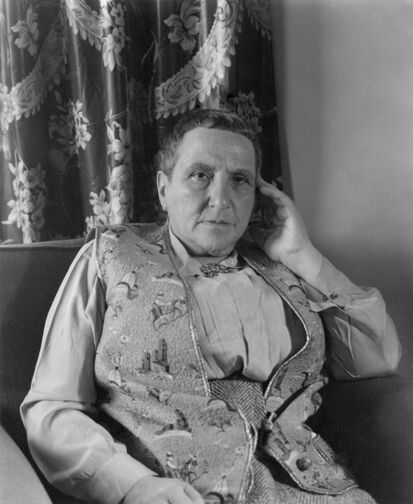

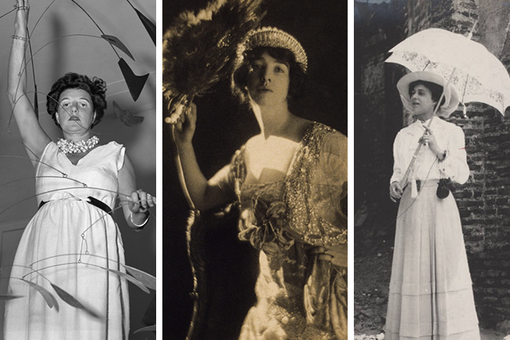


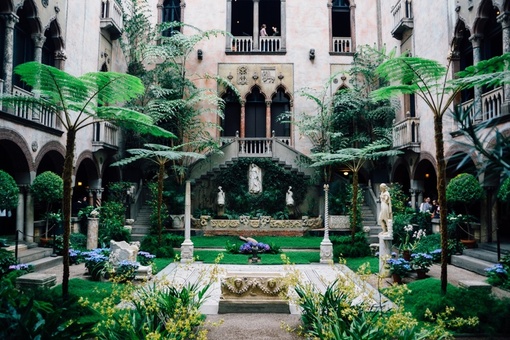
No comments:
Post a Comment